Helping You Move Forward
Custom Bracing and Orthotic Treatment
After over 20 yrs of experience in custom bracing and orthotic treatment, I’ve come to realize that the key to orthotic success is creating a pathway to a mutually agreed and realistic outcome. What is the problem and what can I do about it? Success in orthotics & bracing comes in many forms. From pain relief to providing the ability to walk again; at Tailwind, my mission is to help YOU achieve the goal that WE create.
– Aaron Amar, B.Sc., C.O.(c) – Lead Orthotist
Bracing and Orthotic Services

Custom foot orthoses are made from a 3D model of your feet. At Tailwind, we use plaster to obtain the most accurate representation of the anatomy. The shape and correction to the foot is done directly by hand. Foot orthoses are designed to support the foot and offer correction to poor alignment. More notably, a custom foot orthosis offers great pressure distribution, which, along with improved alignment of the foot, can treat problems such as plantar fasciitis, metatarsalgia, arthritis, and reduce the risk of diabetic foot ulcers.

Custom fitted or custom fabricated knee orthoses (often called a knee brace) are designed to treat a variety of issues that range from osteo-arthritic deformities, to ligament tears. The orthotist will determine in the assessment what brace is best based on a number of factors such as patient activity level and leg shape. Knee braces often produce dramatic results in being able to restore walking function and confidence rather quickly when they are fitted well and properly designed.

AFOs (ankle-foot-orthoses) are designed to treat a wide spectrum of functional loss around the ankle. Common pathologies for use of this brace include, foot drop due to stroke or paralysis, arthritic pain and deformity, and sometimes to influence the knee position. Generally, AFOs have significant ability to improve one’s gait and therefore independence. AFOs come in many designs which are determined by your orthotist and doctor. They may include hinges, or fabricated from solid plastic. They can be rigid or flexible or something in between. Some braces are light weight and low profile and fit in a larger variety of shoes. It is critical to be properly assessed and fitted for a custom AFO in order to achieve the optimal outcome.
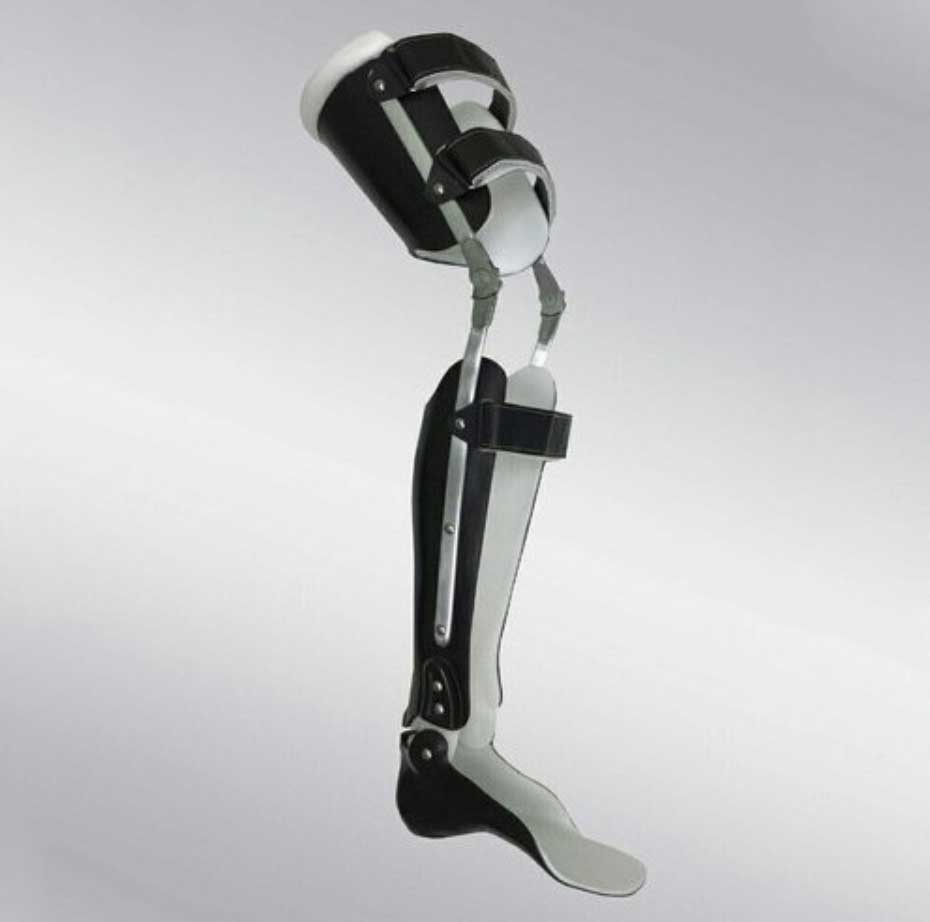
Knee-ankle-foot-orthoses span all joints of the lower extremity but leave out the hip. They are designed to offer control and support to the knee and ankle combined. Common pathologies for this brace are paralysis as high as the quadriceps and hips, severe knee deformities, and in some cases, severe pain due to arthritic conditions among many others. A custom KAFO is a very involved treatment and requires careful and thorough assessment by your orthotist. There now exists exciting technologies involving the knee hinges called Stance Control. If you are a candidate for a KAFO, ask your orthotist if this is an appropriate design for you.
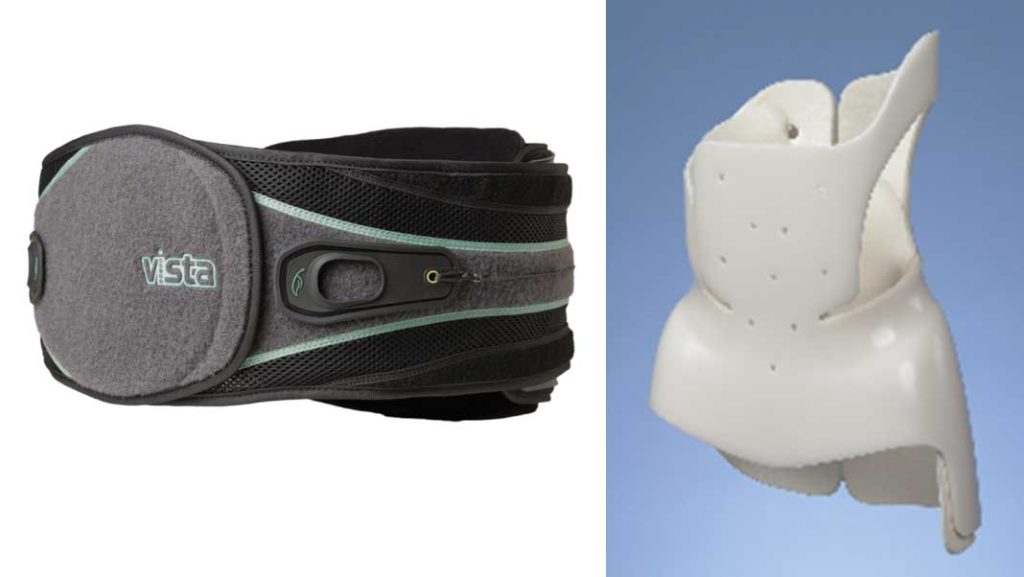
Spinal bracing offers a wide range of functional use from chronic low back pain, to scoliotic correction. Soft lower back bracing often has attached connotations of a perceived weakening effect, but for those with chronic pain; wearing a brace can in fact enable one to do more activity and gain strength. In fact, there is little supporting evidence to suggest that muscle atrophy will occur with soft back bracing. Braces of the spine are also used to treat vertebral fractures and are worn temporarily until healing occurs.
Upper extremity bracing may include the shoulder, elbow, wrist, hand, or fingers. There are a vast number of functional issues that bracing can help. Common problems are carpal tunnel syndrome, De Quervains Tenosynovitis, and osteoarthritis among many others. Braces may be custom or pre-fabricated depending on the need. The key to upper extremity bracing is to determine how much function the patient wants to retain while wearing the brace, and whether that is realistic. Often a night or resting brace is indicated for treatment of some pathologies where wrist / hand function is not necessary. Your orthotist will assess all of this with you to determine the correct treatment.





Neck & Shoulder Solutions


Many patients who use orthotic devices often require footwear with extra depth and width to accommodate their device. Shoes of this nature are not typically found in the retail market. Your orthotist can take the time with you to find and fit a footwear product that will work with your orthosis from one of our footwear suppliers. Custom modifications to footwear such as an elevation, rocker, buttress, or flare, are also indicated for some patients to add biomechanical correction to a foot / ankle deformity or to improve a functional deficiency. Commonly, footwear modifications treat problems such as a leg length difference or ankle fusion. In fact, leg length differences are an overlooked problem and are very simple to address. Ask your orthotist about any of these options.
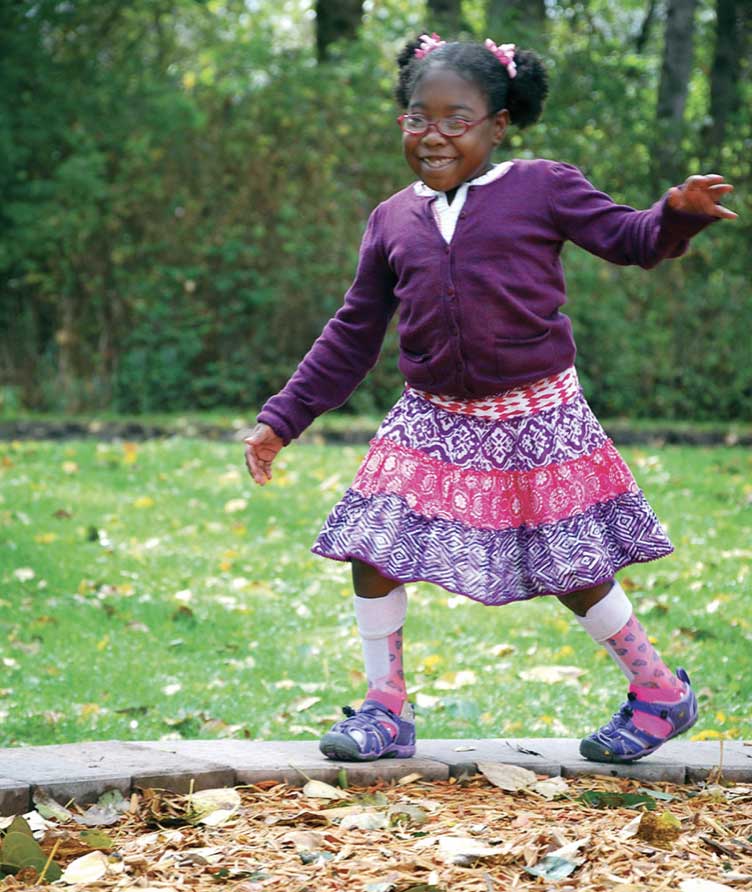
Kids have unique needs and challenges that require special attention by your orthotist. Tailwind Bracing & Orthotics will custom fabricate a brace for your child with all considerations in place. We also regularly use, and are trained in, the Cascade Dafo brace system if you, your child’s therapist, or your doctor prefer.
Kids grow and are tough on their braces. It is therefore very important to maintain regular follow up appointments with your orthotist to ensure optimal fit and function. Follow up appointments also afford your orthotist the ability to forecast brace replacement and funding applications in advance.

Cranial Remolding Orthoses (commonly referred to as helmets) are designed to treat deformational plagiocephaly and deformational brachycephaly. If you suspect that your child has a flat spot on their skull, you should consult your family physician or pediatrician for immediate consultation and an assessment with your orthotist. The opportunity to treat cranial deformities must generally occur between 4-12 months of age. Aaron has specific training to use the StarBand family of cranial remolding orthoses and uses the SmartSoc system for scanning.

CTi® Knee Braces

Total support
The carbon fiber CTi brace frame creates a rigid exoskeleton that captures the tibia, providing the brace-to-bone contact needed for total support of the knee joint.

Smooth move
Anatomically- correc t Accutrac™ hinges smoothly track the natural movement of the knee, helping to protect against hyperextension without inhibiting normal range-of-motion.

No slip-ups
Other ligament knee braces of ten slip. Össur’s patented Sensil® silicone liners are specially-designed to comfortably secure the CTi in place, maximizing effectiveness.

A CTi for every knee
Custom or pre-fab. Frame thicknesses to suit any activity level. Optional unloading and/or added PCL support. A host of accessories and options. There’s a CTi for everyone.


Orthotics for Cyclists
One of the many benefits of living on Vancouver Island, is the ability to recreate outdoors in milder climates throughout the entire year. This unique attribute within Canada attracts many cyclists – road, gravel, and mountain bikers – to the island, and many to the Comox Valley. As a cyclist myself since the early 80s, I have developed a passion for the sport, and combining this with my experience as an orthotist has allowed me to delve in the world of cycling specific orthotics. Cycling shoes are often restrictive in volume and shape, so my team has been able to test many iterations of orthotic design to help optimize cycling shoe fit, and mitigate clinical problems with feet, knees, and hips. Although difficult to test, we assume as well that pedal efficiency may be improved by warding off excess and unwanted movements in the foot; effectively creating a more rigid lever.
I highly recommend, as well, a professional bike fit by Thomas Roundhill, vanislebikefit.ca
Thomas has years of invaluable experience and can vastly improve rider comfort and overall experience on the bike.

Custom foot orthoses are made from a 3D model of your feet. At Tailwind, we use plaster to obtain the most accurate representation of the anatomy. The shape and correction to the foot is done directly by hand. Foot orthoses are designed to support the foot and offer correction to poor alignment. More notably, a custom foot orthosis offers great pressure distribution, which, along with improved alignment of the foot, can treat problems such as plantar fasciitis, metatarsalgia, arthritis, and reduce the risk of diabetic foot ulcers.

Custom fitted or custom fabricated knee orthoses (often called a knee brace) are designed to treat a variety of issues that range from osteo-arthritic deformities, to ligament tears. The orthotist will determine in the assessment what brace is best based on a number of factors such as patient activity level and leg shape. Knee braces often produce dramatic results in being able to restore walking function and confidence rather quickly when they are fitted well and properly designed.

AFOs (ankle-foot-orthoses) are designed to treat a wide spectrum of functional loss around the ankle. Common pathologies for use of this brace include, foot drop due to stroke or paralysis, arthritic pain and deformity, and sometimes to influence the knee position. Generally, AFOs have significant ability to improve one’s gait and therefore independence. AFOs come in many designs which are determined by your orthotist and doctor. They may include hinges, or fabricated from solid plastic. They can be rigid or flexible or something in between. Some braces are light weight and low profile and fit in a larger variety of shoes. It is critical to be properly assessed and fitted for a custom AFO in order to achieve the optimal outcome.

Knee-ankle-foot-orthoses span all joints of the lower extremity but leave out the hip. They are designed to offer control and support to the knee and ankle combined. Common pathologies for this brace are paralysis as high as the quadriceps and hips, severe knee deformities, and in some cases, severe pain due to arthritic conditions among many others. A custom KAFO is a very involved treatment and requires careful and thorough assessment by your orthotist. There now exists exciting technologies involving the knee hinges called Stance Control. If you are a candidate for a KAFO, ask your orthotist if this is an appropriate design for you.

Spinal bracing offers a wide range of functional use from chronic low back pain, to scoliotic correction. Soft lower back bracing often has attached connotations of a perceived weakening effect, but for those with chronic pain; wearing a brace can in fact enable one to do more activity and gain strength. In fact, there is little supporting evidence to suggest that muscle atrophy will occur with soft back bracing. Braces of the spine are also used to treat vertebral fractures and are worn temporarily until healing occurs.
Upper extremity bracing may include the shoulder, elbow, wrist, hand, or fingers. There are a vast number of functional issues that bracing can help. Common problems are carpal tunnel syndrome, De Quervains Tenosynovitis, and osteoarthritis among many others. Braces may be custom or pre-fabricated depending on the need. The key to upper extremity bracing is to determine how much function the patient wants to retain while wearing the brace, and whether that is realistic. Often a night or resting brace is indicated for treatment of some pathologies where wrist / hand function is not necessary. Your orthotist will assess all of this with you to determine the correct treatment.





Neck & Shoulder Solutions


Many patients who use orthotic devices often require footwear with extra depth and width to accommodate their device. Shoes of this nature are not typically found in the retail market. Your orthotist can take the time with you to find and fit a footwear product that will work with your orthosis from one of our footwear suppliers. Custom modifications to footwear such as an elevation, rocker, buttress, or flare, are also indicated for some patients to add biomechanical correction to a foot / ankle deformity or to improve a functional deficiency. Commonly, footwear modifications treat problems such as a leg length difference or ankle fusion. In fact, leg length differences are an overlooked problem and are very simple to address. Ask your orthotist about any of these options.

Kids have unique needs and challenges that require special attention by your orthotist. Tailwind Bracing & Orthotics will custom fabricate a brace for your child with all considerations in place. We also regularly use, and are trained in, the Cascade Dafo brace system if you, your child’s therapist, or your doctor prefer.
Kids grow and are tough on their braces. It is therefore very important to maintain regular follow up appointments with your orthotist to ensure optimal fit and function. Follow up appointments also afford your orthotist the ability to forecast brace replacement and funding applications in advance.

Cranial Remolding Orthoses (commonly referred to as helmets) are designed to treat deformational plagiocephaly and deformational brachycephaly. If you suspect that your child has a flat spot on their skull, you should consult your family physician or pediatrician for immediate consultation and an assessment with your orthotist. The opportunity to treat cranial deformities must generally occur between 4-12 months of age. Aaron has specific training to use the StarBand family of cranial remolding orthoses and uses the SmartSoc system for scanning.

CTi® Knee Braces

Total support
The carbon fiber CTi brace frame creates a rigid exoskeleton that captures the tibia, providing the brace-to-bone contact needed for total support of the knee joint.

Smooth move
Anatomically- correc t Accutrac™ hinges smoothly track the natural movement of the knee, helping to protect against hyperextension without inhibiting normal range-of-motion.

No slip-ups
Other ligament knee braces of ten slip. Össur’s patented Sensil® silicone liners are specially-designed to comfortably secure the CTi in place, maximizing effectiveness.

A CTi for every knee
Custom or pre-fab. Frame thicknesses to suit any activity level. Optional unloading and/or added PCL support. A host of accessories and options. There’s a CTi for everyone.


Orthotics for Cyclists
One of the many benefits of living on Vancouver Island, is the ability to recreate outdoors in milder climates throughout the entire year. This unique attribute within Canada attracts many cyclists – road, gravel, and mountain bikers – to the island, and many to the Comox Valley. As a cyclist myself since the early 80s, I have developed a passion for the sport, and combining this with my experience as an orthotist has allowed me to delve in the world of cycling specific orthotics. Cycling shoes are often restrictive in volume and shape, so my team has been able to test many iterations of orthotic design to help optimize cycling shoe fit, and mitigate clinical problems with feet, knees, and hips. Although difficult to test, we assume as well that pedal efficiency may be improved by warding off excess and unwanted movements in the foot; effectively creating a more rigid lever.
I highly recommend, as well, a professional bike fit by Thomas Roundhill, vanislebikefit.ca
Thomas has years of invaluable experience and can vastly improve rider comfort and overall experience on the bike.
Prosthetic Services
Tailwind Bracing & Orthotics also works alongside W. James Little B.Sc., C.P.(c) – Certified Prosthetist with Vancouver Island Prosthetics, who can accommodate all your prosthetics needs.
Treatment Plan

- See your doctor or nurse practitioner and obtain an Rx.
The Rx needs have a specific diagnosis written but is often helpful if the prescription for the orthosis is not overly detailed. This helps if it is determined at your initial consultation that something somewhat different is required.

- Make an appointment for your first consultation with us
This may take up to an hour and entails obtaining a patient history, full biomechanical exam and gait analysis, a summary analysis of the situation, and a plan that is mutually determined. It is critical that that the patient understand the problem, and is involved in the solution. A 3D cast of the limb is also likely to occur at this appointment. It’s a good idea to wear shorts at this appointment if your problem involves your knee.
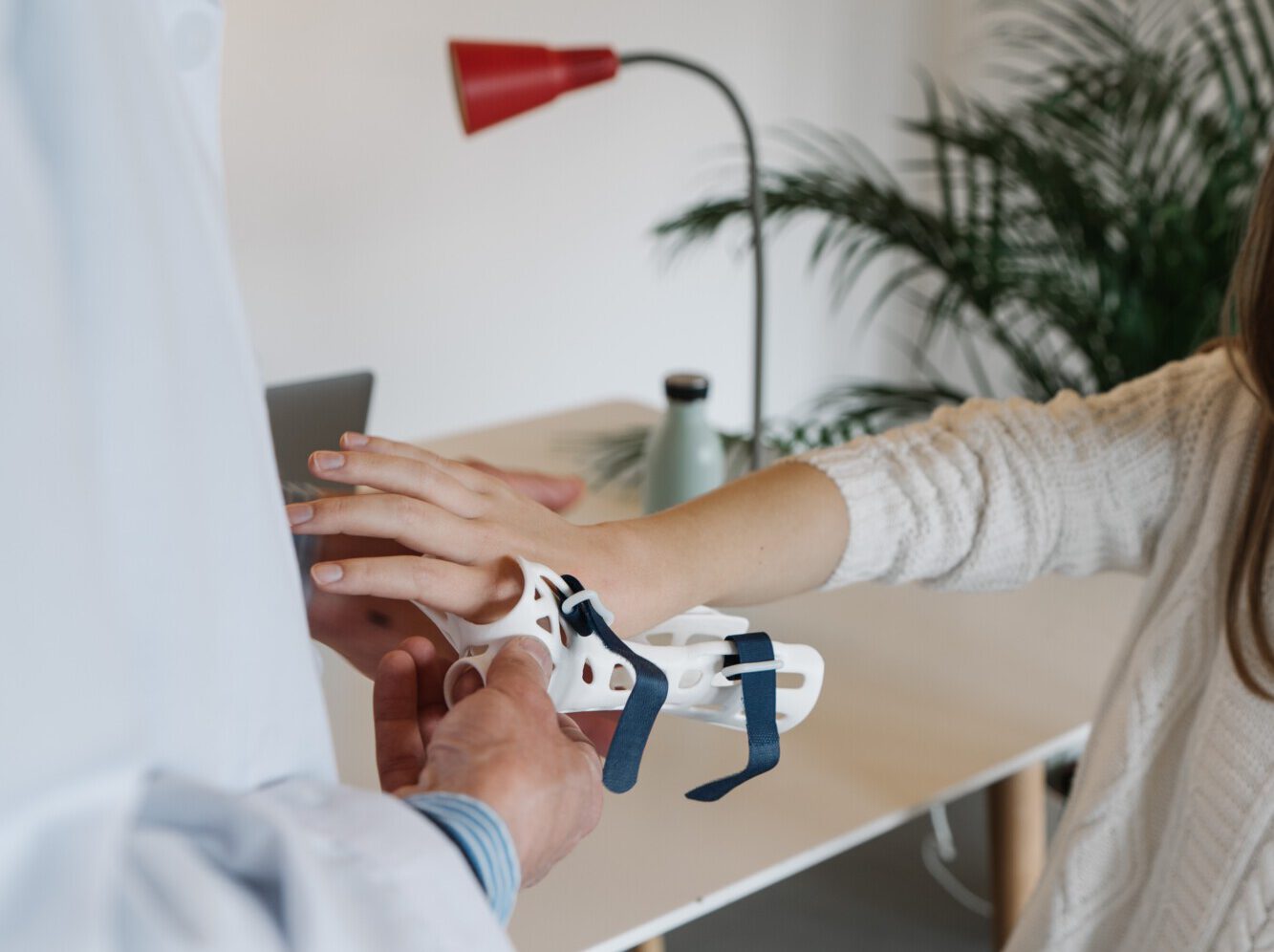
- A “fitting” appointment will be then made
Custom devices typically take 2-4 weeks but often are dependent on 3rd party funding approval as well. In some cases, it may take longer. It is also a good idea to wear shorts at this appointment if you are receiving a knee brace. In most cases, the device will be dispensed at this appointment but sometimes a second appointment is needed to allow time for further and final details to be completed. You will be instructed on how to wear your orthosis, and may be recommended a break-in schedule.
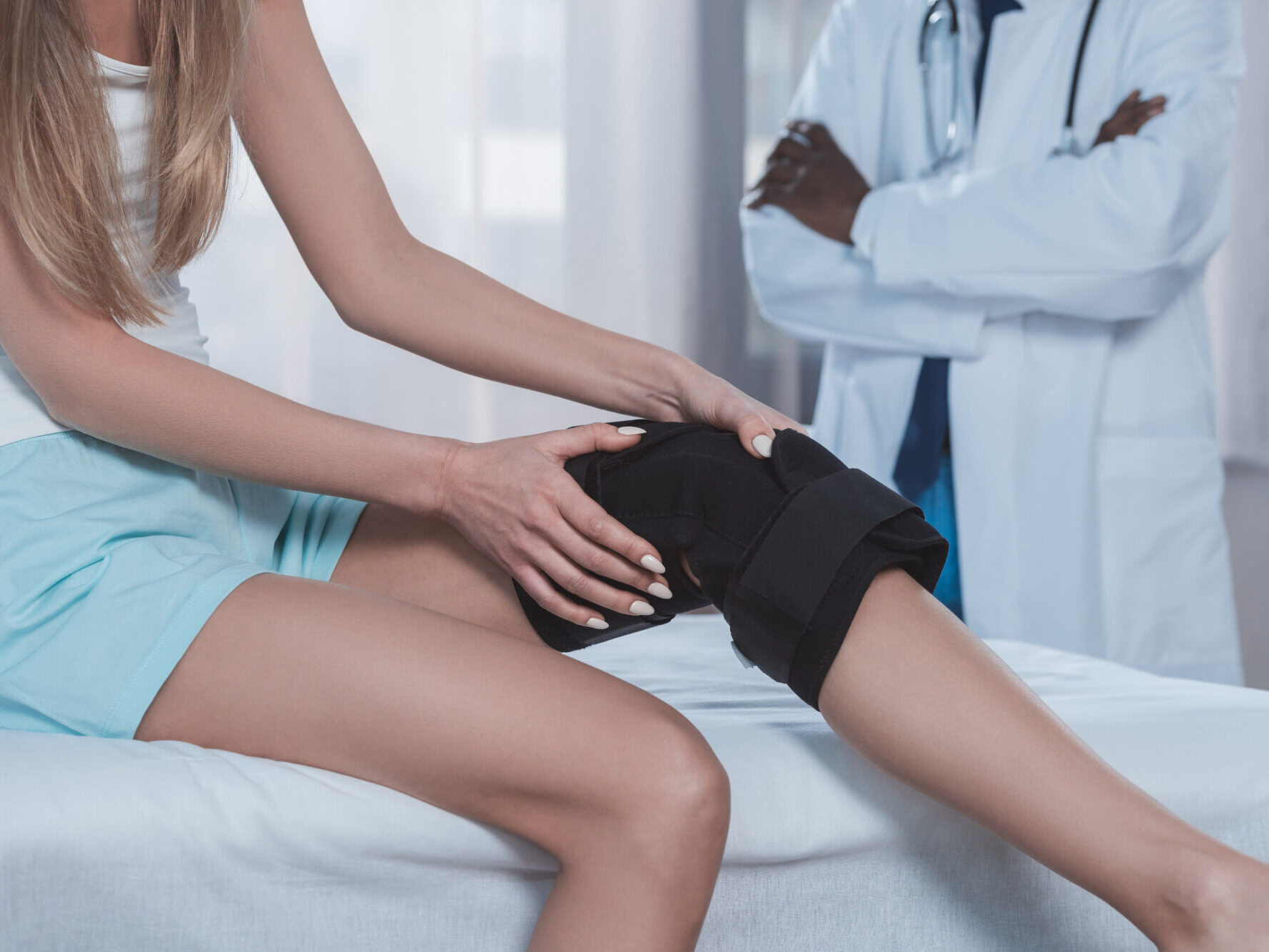
- Follow up
We encourage you to make a follow up appointment to ensure your new orthosis meets two key criteria: 1. You can wear your orthosis without pain or skin breakdown. 2. It is achieving its mutually determined result set forth at the first two appointments. If either of these criteria are not being met in any way; please book a follow up appointment so that it is addressed as soon as possible.
Meet Our Team
Aaron Amar, B.Sc., C.O.(c)
Lead Orthotist
Aaron is a Certified Orthotist who has been serving the Comox Valley, North Island, and Sunshine Coast since 2009. He graduated with a Bachelor of Science in biology from SFU in 1996. Prior to that, he was heavily involved in the Toronto jazz music scene as a session drummer and music teacher. It was as a volunteer with the disabled ski program at Grouse Mountain that Aaron became interested in the various devices that enabled people to continue pursuing their life to the fullest. He decided to combine his creative, musical brain with his science-trained brain and pursue a diploma at George Brown College in Clinical Methods in Prosthetics and Orthotics. Since becoming Canadian Board Certified in 2004, Aaron has accumulated a wide variety of experience in areas including spinal trauma bracing, neuromuscular pediatrics, and everything else in between. When he’s not at work, Aaron enjoys an active lifestyle trying to keep up to his family on the trails. He continues to drum and plays local gigs whenever the opportunity arises. Tailwind Bracing & Orthotics is Aaron’s newest venture, and he is excited to use his years of experience as a Certified Orthotist to “help you move forward”.
Kathryn Fisher, RTO(c)
Orthotic Technician
Kathryn is the creator behind the scenes. Her skillset is extremely broad in fabrication of things like medieval combat armor, custom costumes, riding gear modifications, life rafts, knives/ swords, and whatever else happens to need repair. Before becoming an orthotic technician, Kathryn was an aircraft structural engineer working on the Y2K Spitfire project, and moving on to DeHavilland Beavers, Twin Otters, as well as Sikorsky helicopters. The precision and ability to manipulate a large variety of materials accurately has lent itself well to the orthotics industry.
Kathryn is passionate about building and modifying devices so that people can do the activities that they enjoy, even if they need a little help. She can be found riding motorcycles, often doing charity rides to benefit sick kids, or people facing undue challenges in their lives. She’s often out camping, exploring, or in the water swimming and diving. Her current project is modifying motorcycle riding gear and motorcycles to make a rider more comfortable and to open riding to people with physical limitations.
Megan Voigt
Office Manager / Administrator
Meet Megan!…..She represents Tailwind Bracing & Orthotics front line and is the glue that binds all clinic operations together. Megan has extensive experience working with people at several seniors care facilities and previous office manager positions which makes her the perfect fit to complete our team of 3. She handles and organizes all projects for patients from funding applications, appointments, communication with medical professionals, and everything else in between. Megan’s love for animals certainly adds an element of interest in the office which many of our patients can relate to. As such, she is a supporter of the MARS Wildlife Rescue facility and Yamnuska Wolfdog Sanctuary. She is also interested in pursuing indigenous studies and a fan of indigenous art. What’s more? Just ask Megan about wrestling! 🙂
Megan is always willing to go the extra distance to help our patients meet their needs and make things as smooth and efficient as possible.
Resources

Funding Options
Extended Insurance Plans, WCB, FNHA, MDAC, DVA, PharmaCare, MSDPR-province of BC. Our office manager will guide you through the funding process for any of these.

Tips for obtaining an Rx for orthotic treatment
If you are seeking medical benefit reimbursement, or third-party funding, the information on a prescription is important to have complete. This avoids delays in processing.

Wearing schedule
Your orthotist will discuss a wearing schedule specific to your needs. Otherwise, this is a general guideline for wearing your new brace.

Warranty
All things breakdown. Warranties on devices that are outsourced (pre-fabricated) follow the guidelines set by the manufacturer. We will repair or replace any custom device made in house free of charge based on what is reasonable and case by case.





